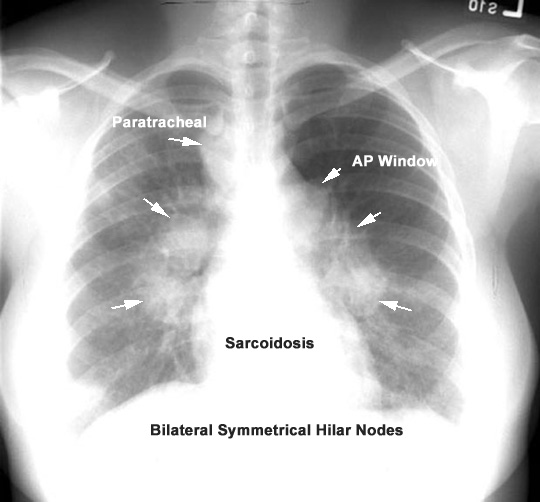

With further questioning, this patient remembered an incident of choking while eating popcorn lying on her couch approximately two months prior to presentation. Less common but still pertinent factors described are cultural practices such as not using eating utensils. Predisposing factors that have been described in previous reviews include primary neurologic disorders that result in impaired cough and swallowing, poor dentition, trauma, and sedative use. After age 15 the right mainstem bronchus has a more acute angle off the trachea and foreign bodies are more commonly encountered here. Since the angles made by the mainstem bronchi with the trachea are identical until 15 years of age foreign bodies are found on either side with equal frequency in children. The incidence has been described at 0.00. Café coronary syndrome has been defined as the aspiration of a foreign body leading to immediate asphyxiation and death. The incidence rate in adults increases with age beginning in the sixth decade (2.6 deaths per 100,000 population aged 65-75 y) and rises rapidly after age 70 years (13.6 deaths per 100,000 population older than 75 y). In 2004, choking remained the fourth leading cause of unintentional injury or death in the United States and 4,100 deaths (1.4 deaths per 100,000 population) from unintentional ingestion or inhalation of food or other objects resulting in airway obstruction were reported.


The significance of the problem in adults is not minimal. Surrounding granulation tissue and secretions can obscure the margins making it difficult to correctly identify the nature of the obstructing lesion.įoreign body aspiration is detailed extensively in children but less frequently in adults. Clinically, aspirated foreign bodies may commonly be confused with endobronchial malignancies based on the similar radiographic findings and initial gross appearances. Foreign body identified as popcorn kernel.Ĭ. Using cryotherapy, the foreign body was successfully removed and eventually identified as a popcorn kernel ( Figure 5).įigure 5. Repeat bronchoscopy was performed with results as shown in Video 1.īronchoscopy revealed a foreign body in the left upper lobe bronchus. The patient was transferred on mechanical ventilation to a tertiary care center for further evaluation of suspected endobronchial malignancy. She was electively intubated for the procedure and bronchoscopy revealed an endobronchial lesion in the LUL. The patient was admitted to the outside hospital and underwent bronchoscopy for evaluation of left upper lobe (LUL) and lingular collapse. Computed tomography image of the chest demonstrating left upper lobe (LUL) consolidation with endobronchial lesion in LUL bronchus. Computed tomography image of the chest demonstrating consolidation of the left upper lobe.įigure 4. Two cuts are provided below ( Figures 3 and 4).įigure 3. Subsequently the patient underwent computed tomography (CT) of the chest with pulmonary angiography. Lateral view on chest x-ray demonstrating left upper lobe consolidation. Posterior-anterior chest x-ray demonstrating left sided consolidation without volume loss.įigure 2. Posterior-anterior (PA) and lateral films were provided ( Figures 1 and 2).įigure 1. She presented to an outside hospital emergency department and was found to have an abnormal chest x-ray.


 0 kommentar(er)
0 kommentar(er)
